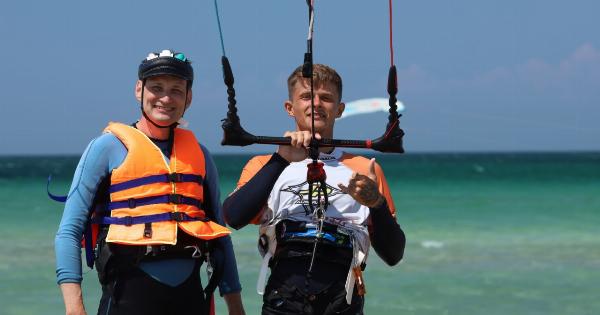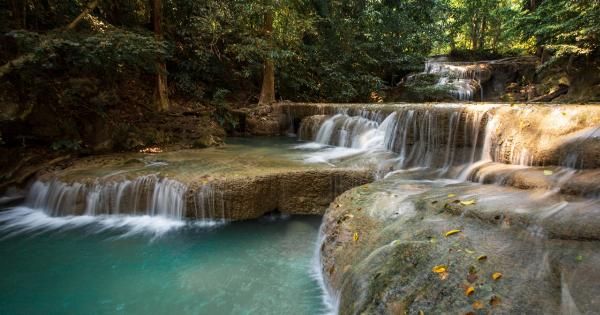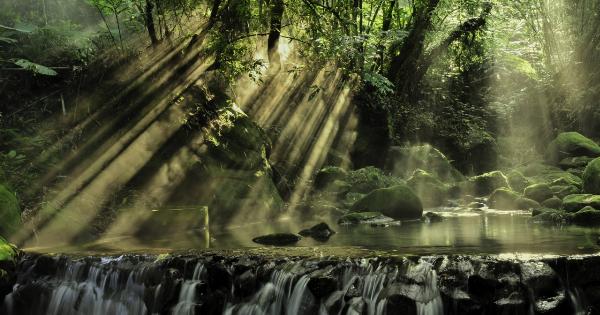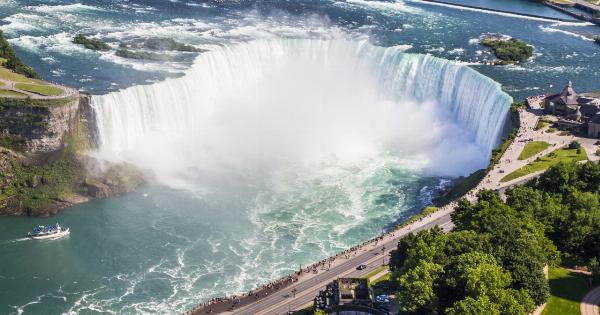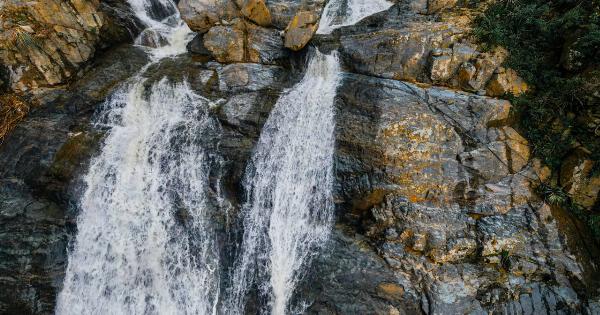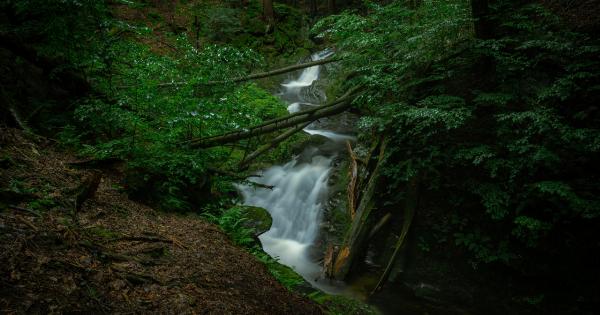Welcome to our comprehensive guide on how to prevent accidents and stop your loved ones from taking a tumble when encountering cascading waters.
Whether you’re planning a trip to a waterfall or live near a river, it’s crucial to prioritize safety. In this article, we will provide you with three essential tips to ensure a secure and enjoyable experience around cascading waters. Read on to learn how to prevent accidents and make the most of your time near these mesmerizing natural wonders.
Understanding the Hazards
Before we delve into the tips, it’s crucial to have a solid understanding of the potential hazards associated with cascading waters. While these beautiful bodies of water may seem harmless, they can be deceptively dangerous.
Here are some of the hazards you need to be aware of:.
1. Slippery Surfaces
Many accidents around cascading waters occur due to slippery surfaces. Rocks and moss near waterfalls or riverbanks can be incredibly slippery, especially when wet. One wrong step could result in a fall or an injury.
It’s important to exercise caution and wear appropriate footwear with a good grip for enhanced stability.
2. Strong Currents
Cascading waters often have strong currents, which can easily overpower even strong swimmers. It’s important to respect the power of the water and never underestimate its force.
Avoid swimming in areas with strong currents, and always adhere to any posted warnings or guidelines.
3. Unpredictable Weather
The weather conditions around cascading waters can change rapidly. Rainfall upstream can cause the water levels to rise suddenly or create unexpected currents.
It’s essential to check the weather forecast before heading out and to stay alert to any changes during your visit.
Now, let’s move on to our three tips that will help you prevent accidents and stop your loved ones from tumbling in cascading waters:
1. Choose Safe Viewing Points
When visiting cascading waters, it’s important to choose safe viewing points. Many waterfalls or riverbanks have designated viewing areas, and it’s advisable to stick to these locations.
They are specifically designed to offer a safe distance from the water while still providing a great view. Venturing off the beaten path can be perilous, as it can lead to slippery surfaces and unstable ground.
Additionally, if the area you’re visiting has any safety barriers or signage in place, pay attention to them. These precautions are there for a reason and should not be disregarded.
They are meant to protect visitors from potential hazards and ensure a safe experience for all.
2. Wear Proper Footwear
Choosing the appropriate footwear is key to preventing slips and falls near cascading waters. Opt for sturdy shoes or boots with non-slip soles. Avoid wearing flip flops or sandals, as they offer little to no protection or traction on slippery surfaces.
It’s also a good idea to wear footwear that can get wet without causing discomfort.
There’s a good chance you’ll come into contact with water, whether intentionally or accidentally, so having shoes that can handle getting wet will help prevent discomfort and potential injuries.
3. Be Mindful of Your Surroundings
Awareness of your surroundings is crucial when near cascading waters. Pay attention to warning signs, posted guidelines, and any instructions provided by park staff or local authorities.
These sources of information can help you identify potential danger zones and inform you of any specific precautions you need to take.
Additionally, keep an eye on the weather conditions. If you notice dark clouds, rapidly changing winds, or a sudden drop in temperature, it may be a sign that a storm is approaching.
In such cases, it’s best to head to a safe location away from the cascading waters.
Moreover, keep an eye out for loose rocks or unstable terrain, especially when exploring or walking near the water’s edge. Avoid climbing on wet rocks or venturing into areas where the ground appears unstable.
Conclusion
By following these tips, you can significantly reduce the risk of accidents and ensure a safe and enjoyable experience around cascading waters. Remember to choose safe viewing points, wear proper footwear, and always be mindful of your surroundings.
By prioritizing safety, you can fully appreciate the beauty and power of these natural wonders while keeping yourself and your loved ones safe.





